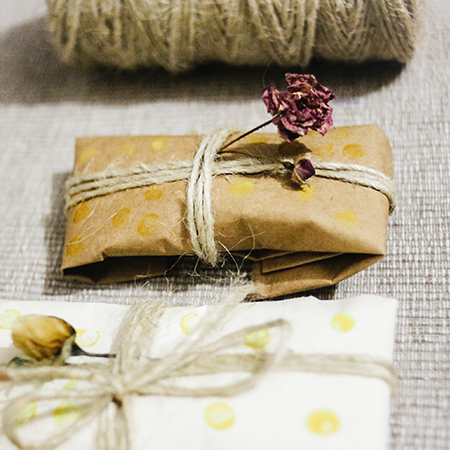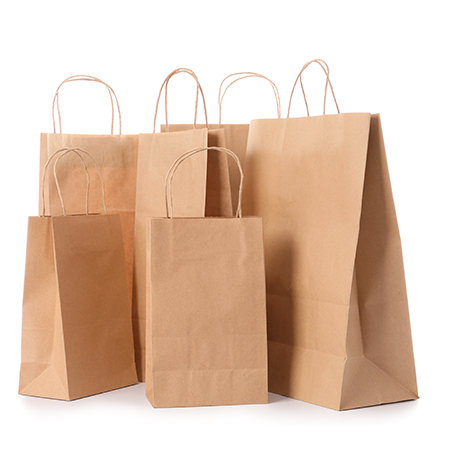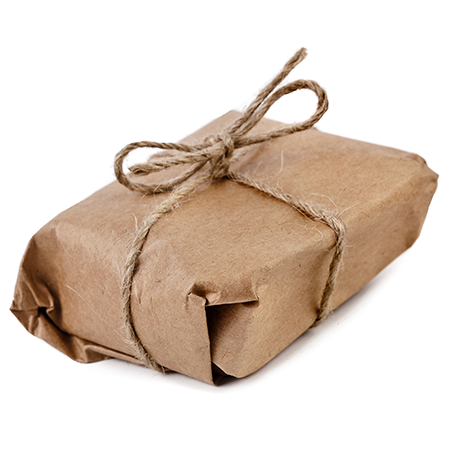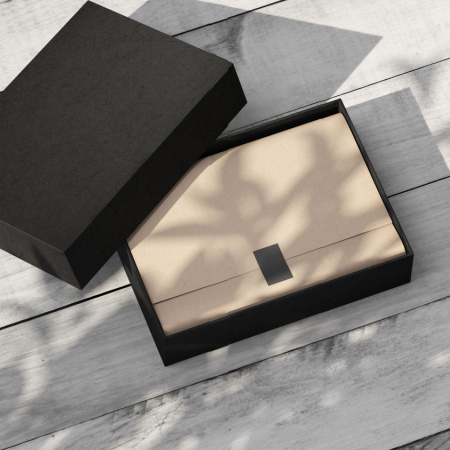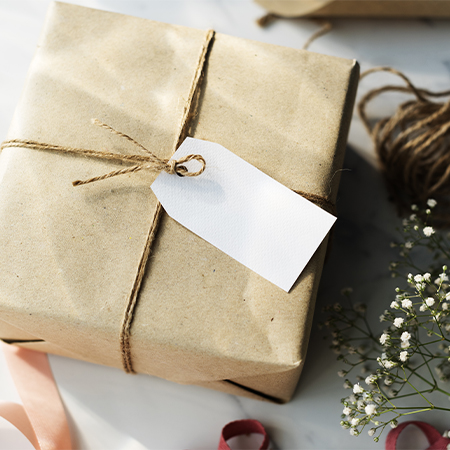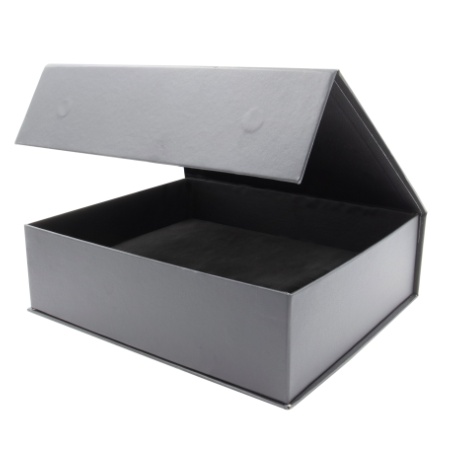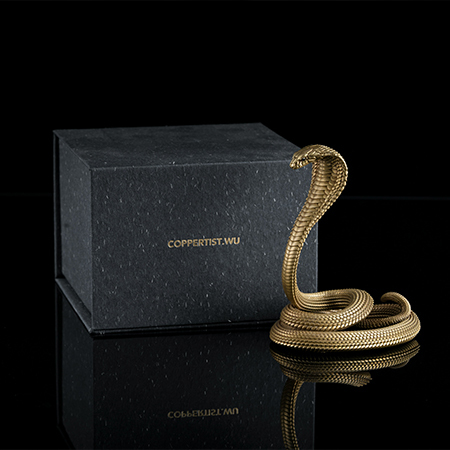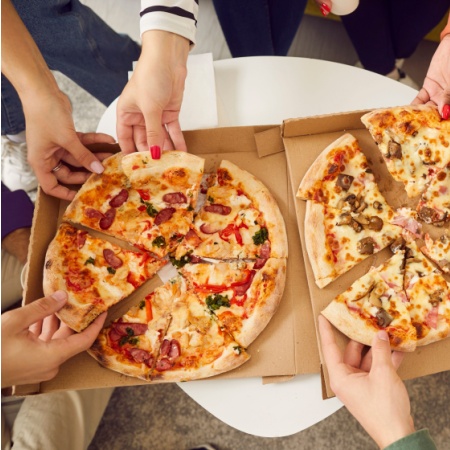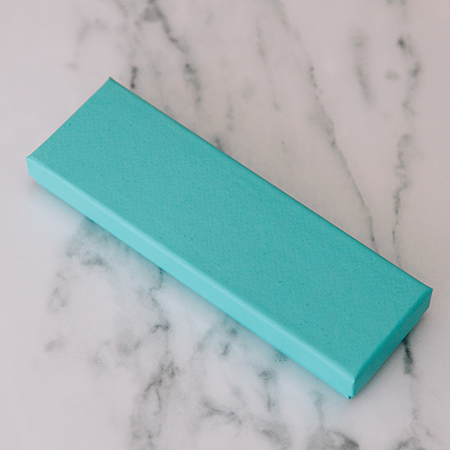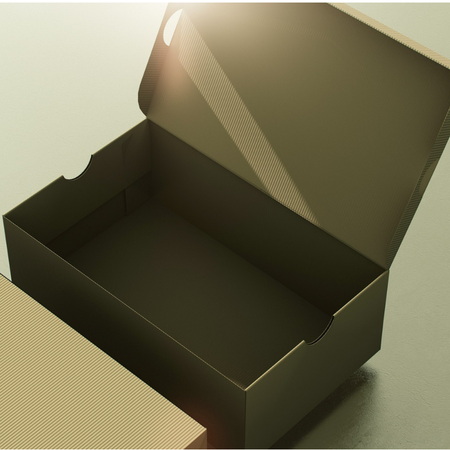Packaging is to package a product, property, object, or thing by covering it with various materials and tools. It is also the job of making it portable, storable, and recognizable.
Although it was created by nature, as in the fruit peels of the first packaging, the history of "man-made packaging" as we know it is as old as the history of humanity.
Ever since humans have existed on earth, he/she has had to obtain food to survive. It has been tried to preserve the surplus food that they could consume before, for the days when it is difficult to find food and to store it for future use. At this stage, containers were needed to put the food inside. First, natural materials such as leaves, pumpkins, and animal skins that are available in nature were used. Then, the first packaging models, knitted with vegetable fibers obtained by shaping them and carved from wood, were developed.
In the ages when this first packaging material was used, the types of packaging used varied as the needs of society increased. The invention of paper in 105 AD and the rapid spread of production and consumption after the 12th century; The innovation movements that started in Europe in the 15th century are the most important factors that accelerate the development of packaging. The structure and scope of packaging, as it is today, has been determined as a result of developments and technological innovations in the last 200 years. Packaging started with natural materials such as leaves, and mass production began with products such as woven materials and pottery. Glass and wooden packages are thought to have been used for about 5 thousand years.
Napoleon Bonaparte Signature in Metal Packaging
Metal packaging, which has appeared in the form of boxes made of precious metals (silver and gold) since ancient times, then came to life with strong alloys and coatings, still undertakes the task of protecting many products today. The manufacture of tinplate was discovered in Bohemia in 1200 AD. Then, at the beginning of the 14th century, tin-lined cans began to be used in Bavaria. While this coating technology was kept a secret until the 1600s, Duxe Saxony, who stole this technique, advanced it throughout France, England, and all of Europe in the 19th century. After William Underwood transferred the process to the USA, iron was replaced by steel, which increased quality and production. The idea of putting food safely in metal packaging for the first time emerged in 1809 when Napoleon Bonaparte declared that the army would pay 12,000 francs to anyone who introduced a method of preserving their food.
The Most Modern Form of Packaging Plastic
What exactly plastics are was not known until 1920, when Hermann Staudinger proposed a revolutionary idea. He proposed that materials such as all plastics, rubber, and cellulose are polymers or macromolecules. Although this assumption was not easily accepted by many scientists at the beginning, Staudinger was awarded the Nobel Prize in 1953 for this idea. Plastic packaging started to be used widely after the 1950s.
Get Packages Prepared with the Experience of History with LuxBoxPack
LuxBoxPack is ready to help you with its experience in packaging. Contact LuxBoxPack's expert team now to bring your products together with experience and creative designs!
